Gyoza is becoming popular in England. It's becoming a pretty common dish in restaurants around the country. It is believed that gyoza originated in China after chefs were introduced to Ravioli. Chinese gyoza is often boiled and after it found it's way to Japan, they started to be pan-fried. Today, I would like to share some of our new dumplings here at Sushisushi.
Gyoza might be known as Japanese food but it originally came from China. The big difference between Japanese Gyoza and Chinese gyoza is how it is cooked. Japanese gyoza is pan-fried, Chinese gyoza is boiled, so Chinese gyoza is more sticky, the Japanese one is crispy. Thai gyoza is often deep-fried. Also, garlic is used in Japanese gyoza, but it isn't in China.
Japanese gyoza is often pan-fried. The meat that is used is pork and veg. Lamb is sometimes used in China. Have you noticed the herb is used in Gyoza? The herb is called Nira in Japanese. It is known as Chinese chives. Garlic and Nira plays a big part in taste. Also, Japanese gyoza is known for its thin wrapper. Ajinomoto brand is known as using the thinnest gyoza skin of all gyoza products. |
 |
 |
 |
 |
|
Gyoza is not the only tasting dumplings we sell! We have some other Asian dumplings for Gyoza lovers to try!
Har-kao (Har-gow) and Shao mai are famous dim-sum from China. Har-kao is similar to prawn gyoza, but it's more sticky! The pastry used for Har-kao is really thin and hard to make. Since the skin is really thin, the flavour of the prawn is stronger. Shao mai is eaten in Japan too. Shao-mai is pork mice (pate) is wrapped with pasty and steamed. If you love Gyoza, we guarantee that you will love them both!!
 |
 |

